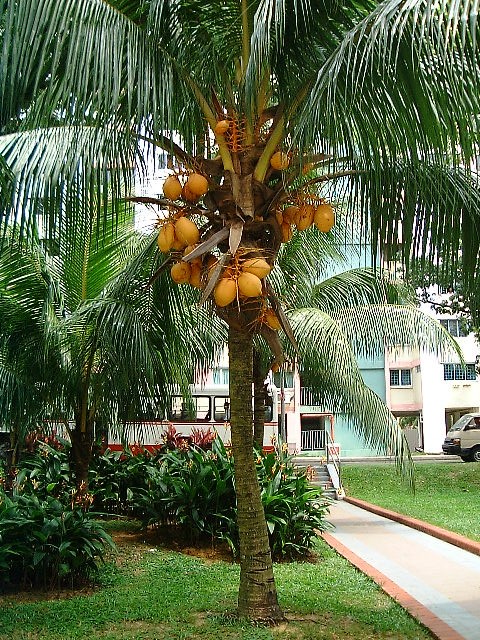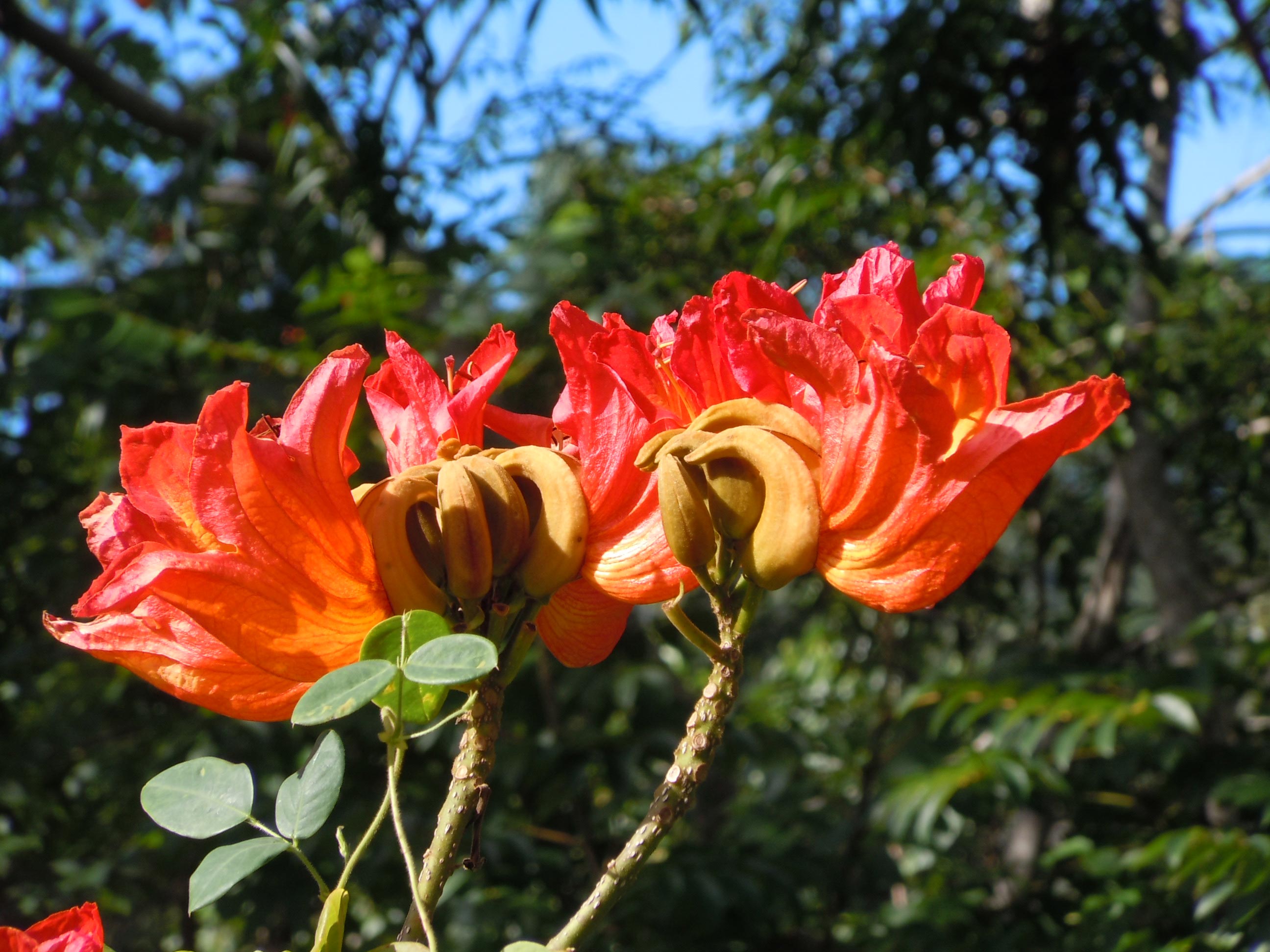There are more than 70 types of flowering plants in VIT, Vellore campus. Actually the campus is a man made eco-system with different varieties of plants,shrubs and herbs. Soon the list of flowering plants will be published.....
1. Passiflora
Passiflora, known also as the passion flowers or passion vines, is a genus of about 500 species of flowering
plants, the namesakes of the family Passifloraceae. They are mostly vines, with some being shrubs.
2. Lantana
Lantana is a genus of about 150 species of perennial flowering plants in the verbena family, Verbenaceae.
Location : - almost everywhere.
3. Plumeria (Frangipani)
Plumeria is a genus of flowering plants in the dogbane family, Apocynaceae. It contains seven or eight species of
mainly deciduous shrubs and small trees.
Location : - Mens Hostel, D Block
4. Euphorbia milli
Euphorbia milii, known in English as "crown of thorns", "Christ plant", or "Siamese lucky plant", is a viciously thorny shrub native to Madagascar. The small flowers are surrounded by red, pink, or white bracts.
Location : - almost everywhere around Mens Hostel
5. Delonix regia (Gulmohar)
Delonix regia is a species of flowering plant in the family Fabaceae, subfamily Caesalpinioideae. It is noted for its
fern-like leaves and flamboyant display of flowers.
Location :- Wood stock, VIT Mens Hostel (near sewage treatment plant)





2.jpg)







